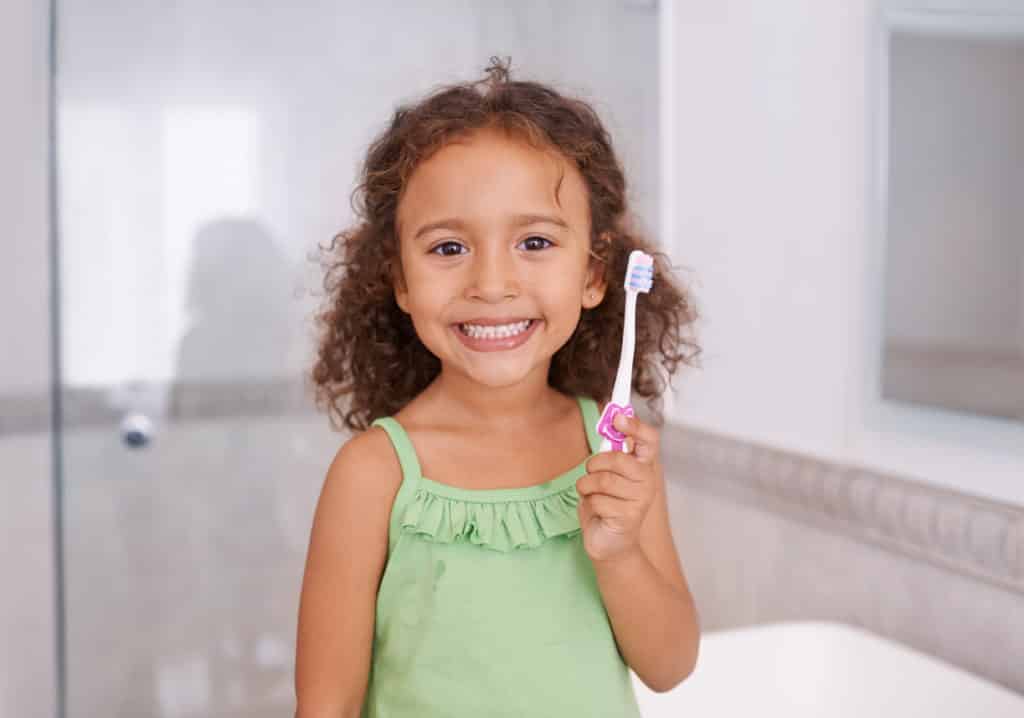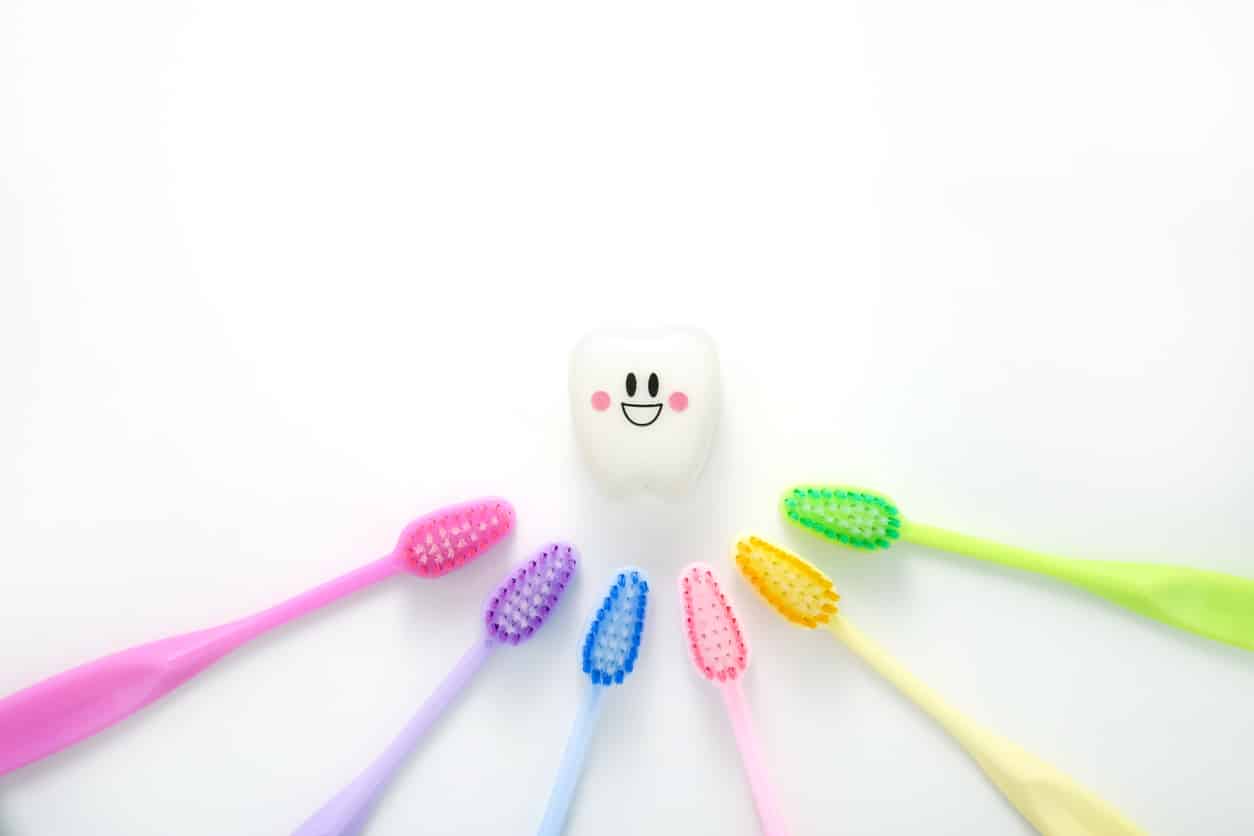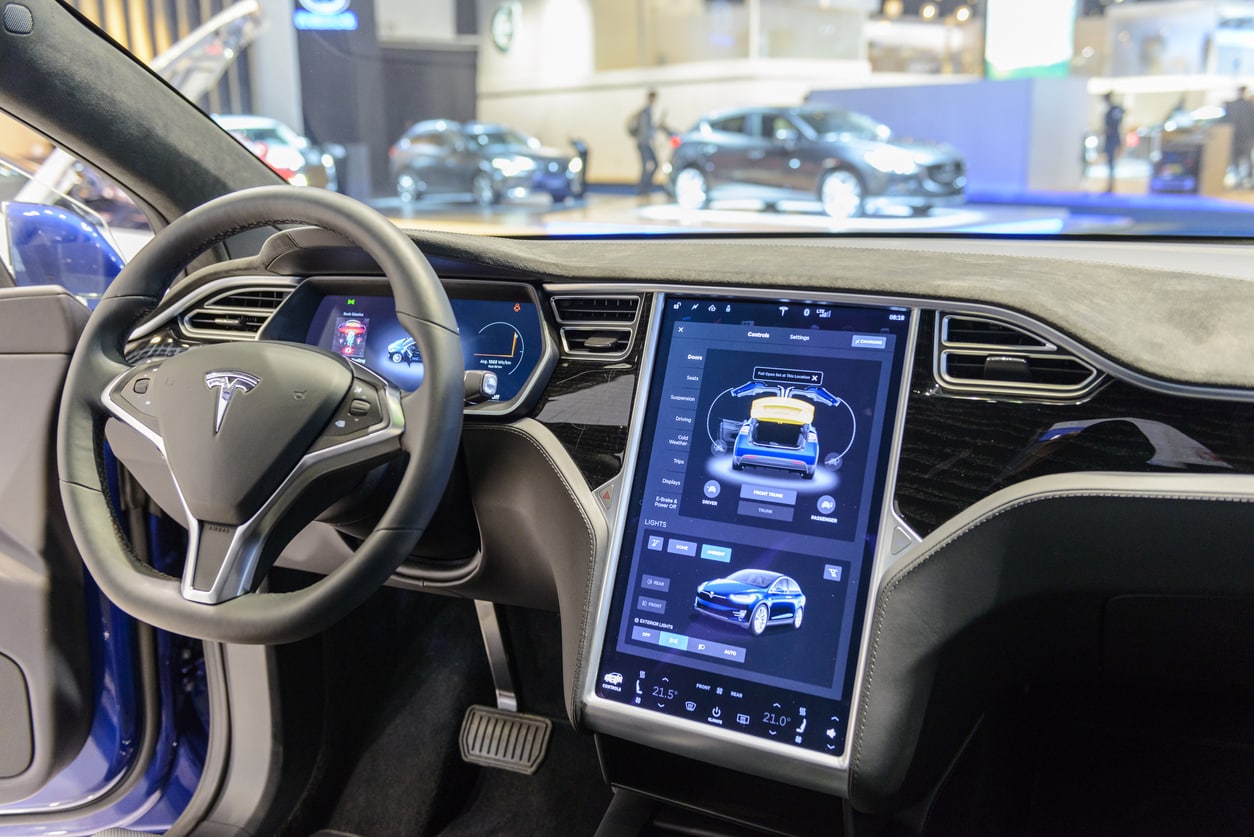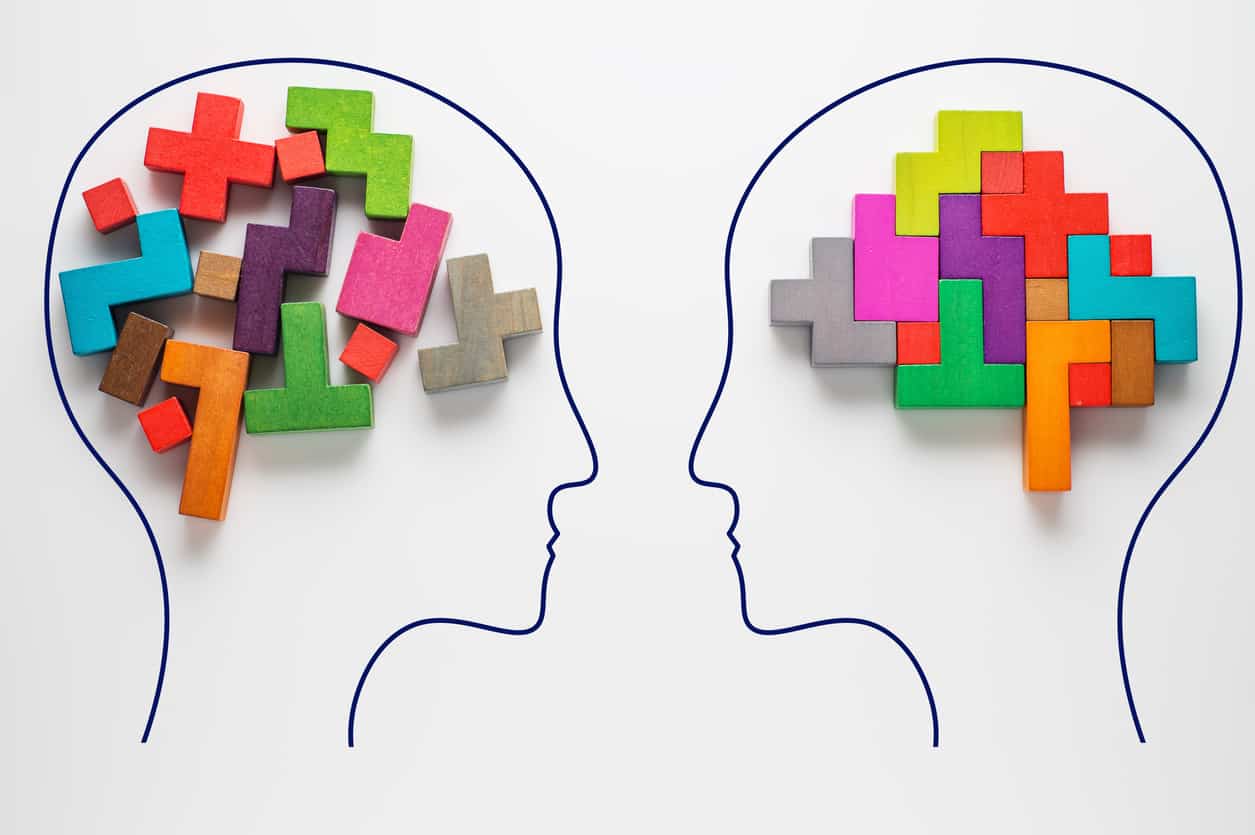- Introduction
- What diverted ORAL-B towards Design Thinking?
- The quest in making toothbrush by adopting Design Thinking
- Did Design Thinking work in favor of Oral-B?
- Who else is using Design Thinking?
- Conclusion
Introduction
Let me start this blog by asking you a simple question: have you ever seen a kid’s toothbrush? If you have not even noticed, then let me tell you that it is small, colorful, and thick from the bottom.
However, that was not how an average kid’s brush used to look before 1996. At that time, toothbrushes for kids were the same as adults, only shorter in length. During that time, Oral-B approached the Design Thinking firm to design new toothbrushes for kids.
The Design Thinking firm used the observation approach and came up with some ground-breaking insights to develop this product. Observing what kids do and how they interact with their environment gives clues about what they think, feel and need. You can uncover learnings and insights that would not be possible through general conversations. Continue reading this article to know how Design Thinking helped Oral-B launch a kid’s toothbrush.
What diverted ORAL-B towards Design Thinking?
The hand-eye coordination and motor skills of kids are still developing, and that is why they were facing the problem of holding the toothbrush. Usually, kids used to fumble around with their toothbrushes. That is why ORAL-B got in touch with a Design Thinking team to launch a new product line for kids.

The quest in making toothbrush by adopting Design Thinking
Kids’ toothbrushes were the same as that of adults, apart from the fact that they were small in size. To understand the problem, before ideating the product, the Design Thinking team studied how their kids brush their teeth. The Design Thinking team observed that whenever a kid brushes his/her teeth, they use their fist and hold their toothbrushes too far up and hit their heads while brushing. They also observed:
1) Children have low dexterity (motor skills like gripping, balance, etc.)
2) Children use their fists to hold the toothbrush rather than their fingers because of the low grip strength.
From this observation, they concluded that kids need fat squishy toothbrushes. Observation is an integral part of empathy, the first stage of the design thinking approach.

Did Design Thinking work in favor of Oral-B?
Yes, embracing Design Thinking worked for Oral-B. They came up with a new style of the toothbrush with a squishy gripper through simple observation skills. Even today, you will find many kids’ toothbrushes with fat & squishy handles.
Apart from kid’s toothbrushes, Oral-B used design thinking to create an electric toothbrush. They initially wanted to design an electric toothbrush with features, such as a music player, ways to sense how well the users were brushing every tooth, and even how sensitive their gums were. But the Design Thinking company advised them to think more about the customer’s experience rather than creating their version of the product. After going through all the Design Thinking stages, they added a USB charging feature and made it easier for the customers to order replacement brush heads. With this, they were not only able to increase the product sales but also increased customer loyalty.
Who else is using Design Thinking?
Not just Oral-B, even companies like Airbnb, Pepsi, P&G, Samsung & Bank of America have made the most of Design Thinking to come up with some ground-breaking ideas that shaped the future of their businesses.
Conclusion
In the present scenario, innovation has become everyone’s business, even if it’s a teacher, an entrepreneur, or a government employee. You too can uncover some creative opportunities and become an innovative leader by applying for the Design Thinking Program. During this 12-week program, you will learn how to use the frameworks in a wide variety of scenarios, so you are ready for any challenges. You can drop your queries in the comment box below or call our Learning Consultant at 080-4718-9255.








